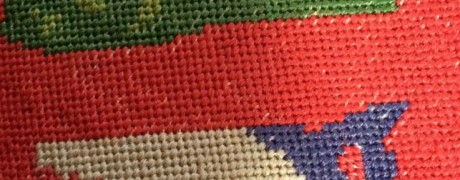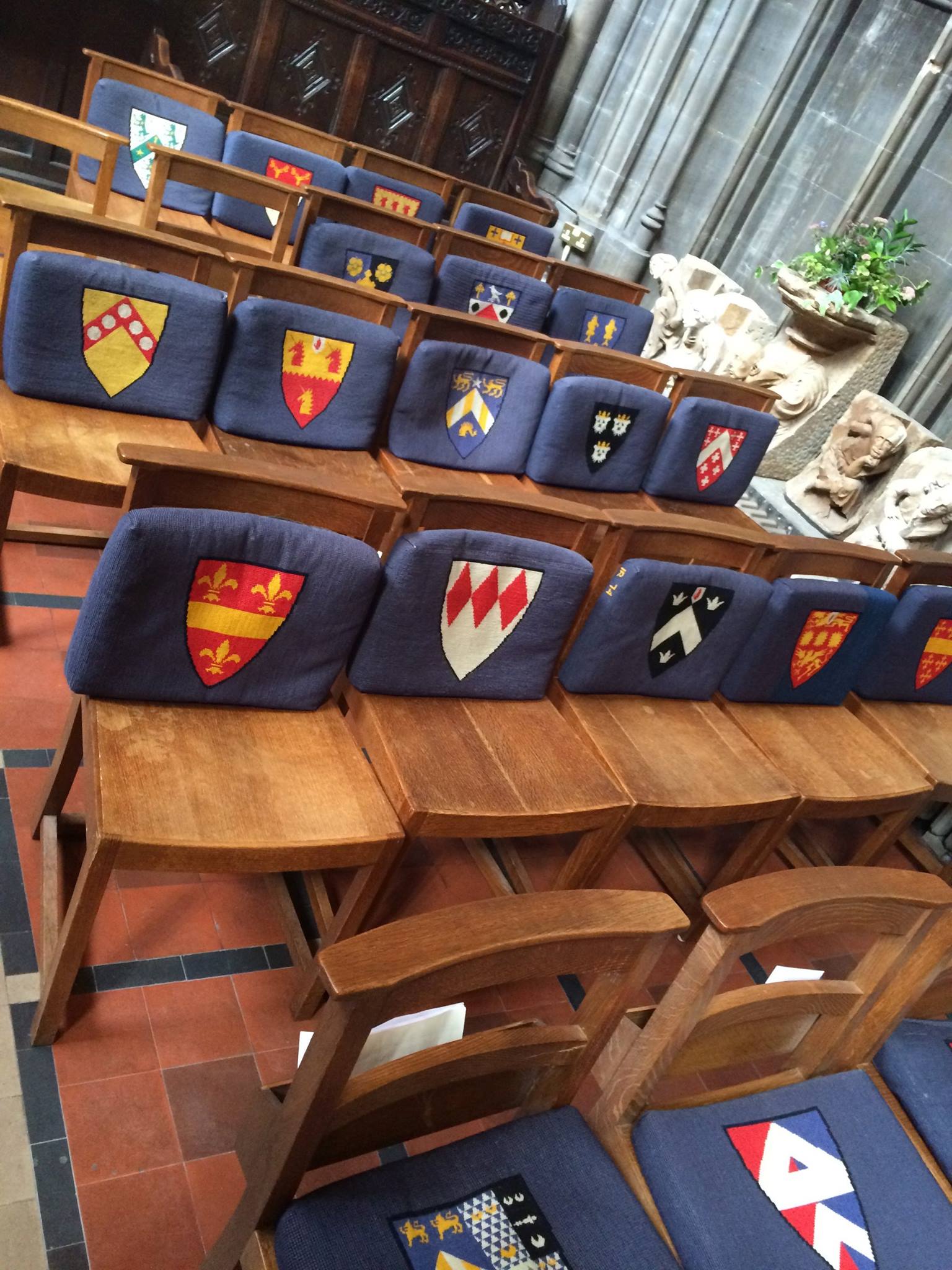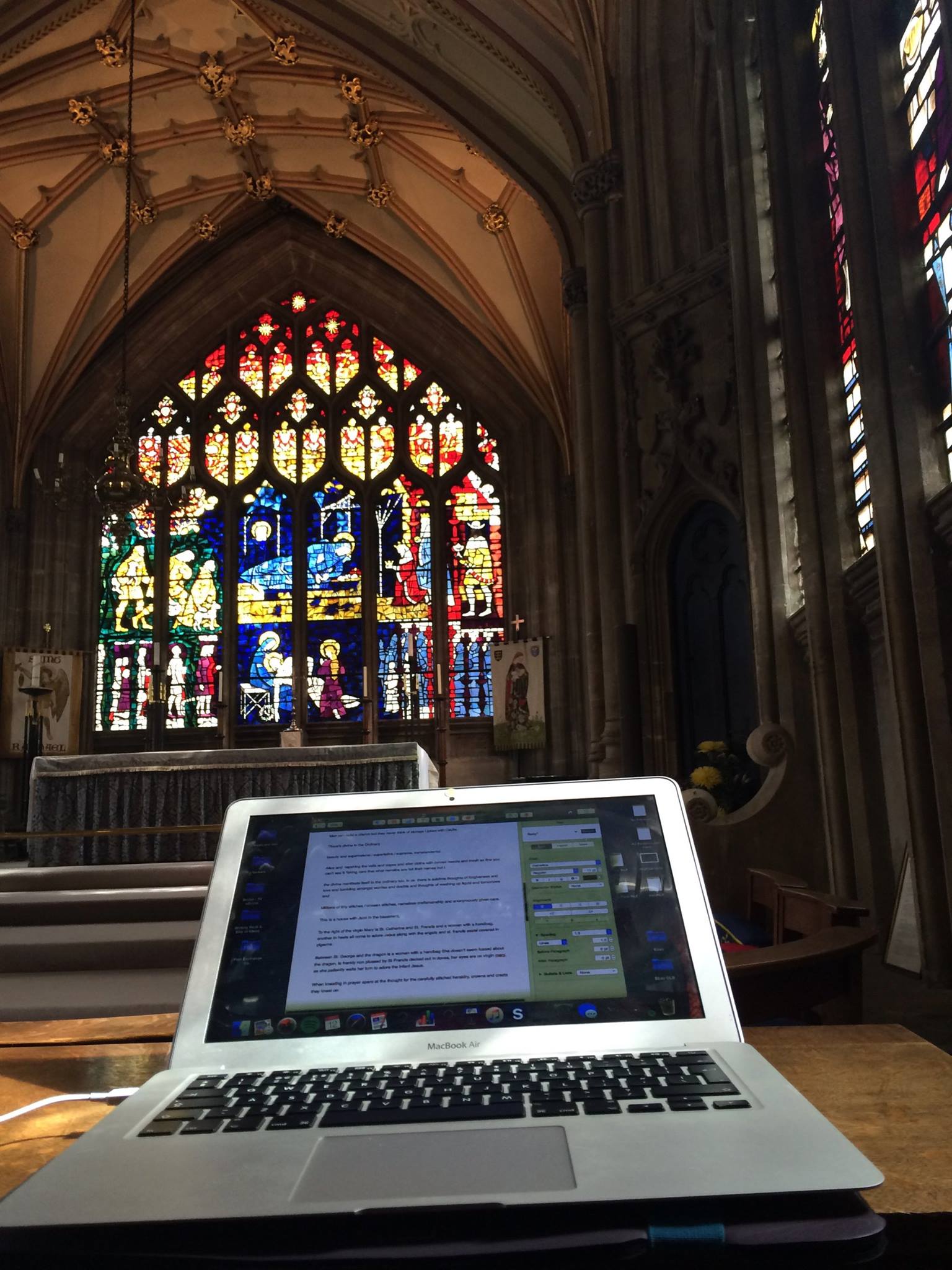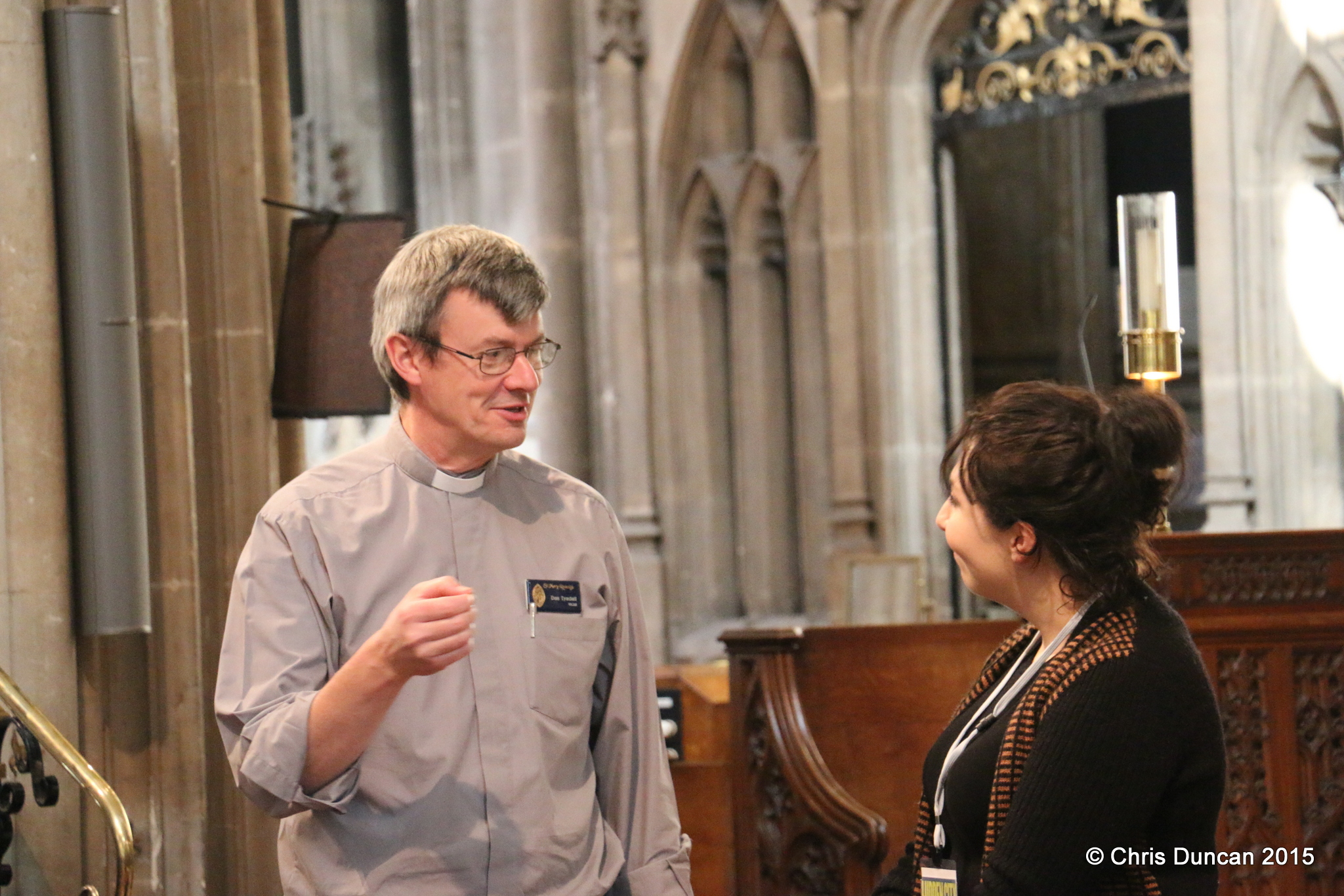Blog – by Bea Roberts, St Mary Redcliffe Church:
‘I’m happy to admit that being posted as the Part Exchange Co. writer in residence at St. Mary Redcliffe was an exciting but daunting prospect! I won’t attempt to recap its history because far better informed people than me can do a far better job of that but the exquisite gothic church is really a Bristol treasure and has been around in one form or another for almost 900 years. On a preparatory visit the Head Steward Cecille Gillard kindly gave me a tour and the enormity of the task before me began to sink in.
For a start, it’s beautiful. The vaulted ceiling arcs above you embellished in gold and fantastic carvings – all gorgeously illuminated by the varied coloured light that streams in through the stained glass. There are enormous racks of organ pipes that, when played, can make the whole church vibrate with bass or send high notes soaring up to the roof. Then there’s stories of the famous tragic poet Thomas Chatterton who spent his boyhood poring over ancient manuscipts in the muniments room. There were profoundly moving stories from the temporary Forgiveness Project exhibition and mentions of Hogarth and Handel and how lightening struck the spire and a Second World War bomb sent a tramline flying into the church yard. It’s the church of Acker Bilk and hosts a regular Jazz club – in addition to the wonderful choir who sang on the day. There’s a golden mouse and a whale bone and a rare 14th century armoire and the best views across Bristol and the time Elizabeth the First came to visit and, and, and… by lunchtime I was in something of a flap.
Retiring to the excellent Arc Cafe in the crypt of St.Mary’s – an entire story itself being a wonderful rehabilitation project and serving some of the best carrot cake I’ve ever eaten – I realised I would have to try and distil the amazing sensory overload down into something that I could really connect with on a personal level.
Throughout the morning, I’d been pottering about and observing and chatting to the many, many enthusiastic and kind volunteer stewards on the day. In particular I was drawn to hearing from the ladies who had been working on conserving the beautifully embroidered vestments and cloths in the church archive; the copes worn by the clergy, the altar cloths, chalice veils and other ceremonial pieces. My late granddad was a vicar and my nan had done a lot of sewing and flower arranging for his churches. I was struck not only by the care and dedication given to the painstaking task of conserving these delicate ageing fabrics but by a thought that churches, on the whole, are built by men and made comfortable by women.
So much of the way in which women of a parish contribute to the lifeblood of a church community is transient and unmarked; catering, embroidering, cleaning, flower arranging. All these provide beauty and colour and comfort to the magnificence of stone churches and cathedrals throughout the country. We never know the names of the women who do these things and they would never expect us to. These are all wonderful acts of love and generosity and this is what inspired ‘Soft Furnishings’.’
Performance Text – by Bea Roberts, St Mary Redcliffe Church
(Click here to listen to a recording of the original performance)
Soft Furnishings by Bea Roberts
Immortalised in the stained glass of the Lady Chapel
between St. George and the dragon is a woman with a handbag.
She doesn’t seem fussed about the dragon, is frankly non plussed by St Francis next to her
decked out in doves,
her eyes are on the Holy Mother as she patiently waits her turn to adore.
My granddad was a vicar but on visits to his parish my seven year old self was less impressed by
the masonry and the history, the liturgy and the ritual than by the excitement that he let us roller
skate across the church hall.
On receiving my assignment here I felt oddly nervous and resigned,
A detailed 70 page history arrived,
How will I write about a church, I thought, in addition to which I had to google in preparation, Corbel
and Cope, Transept, Clerestory, Vestry, Rood and Boss.
How pleasant then to find as a warmly welcomed outsider that this place,
this celestially vaulted space,
is a house of God with jazz in the basement,
a poet in the muniments room and a film club on Wednesdays.
Downstairs in the vestry is a 14th century armoire, the medieval love child of a cupboard and a
wardrobe.
A rarity, I’m told, that experts came to probe and were astounded by,
wooden panels and hinges that have survived over 700 years.
That vast swathe of history has seen civil wars,
the rise and fall of governments,
monarchs throned and dethroned and beheaded.
Bombs rain down from the sky and genocide.
Women’s rights and workers’ rights and civil rights,
the invention of the internet, the nuclear warhead and the Breville Toastie maker.
Oblivious to all this, this ancient armoire squats quietly in the vestry of St Mary’s
keeping snug and safe within its stoic wooden bosom a Henry the hoover, the dusters and some
Pledge.
Great men may build a towering palace to God but they never give a moment’s thought to storage.
Every Monday, Jane and Pauline and Bernice repair the veils and copes and altar cloths with
curved needles and thread so fine you can scarcely see it.
My favourite things are the soft furnishings.
A saw and a lamb and a clamshell are stitched here.
Fleur de lys, lions, stars and a slightly wonky-eyed cross-stitched messiah my heart goes out to.
I wonder how many, when kneeling in prayer, have spared a thought for the carefully embroidered
heraldry, crowns and crests that cradle their knees from the hard wooden floor,
so that their minds are free to dream
and contemplate the spiritual realm
instead of shuffling uncomfortably in their pews and persistently thinking ‘ow’.
Sublime qualities manifest themselves in ordinary things too,
not just in the works of saints and poets and prophets like the guide books push us towards.
Within the people who have sat here for centuries have been private thoughts of forgiveness and
love and meditations on world peace and the nature of suffering tumbling in the same heads
amongst worries and doubts and insecurities and thoughts of washing up liquid and tomorrows and
diets and deadlines and Facebook and gas bills.
The women here have made padded hangers to take the strain from the shoulder seams of the
priceless copes
and plain cotton bags to shield and shroud the delicate silk of the fabulously embellished chalice
veils – there is not glamour there but care.
Acts of generosity with arms spread wide through time
to craftspeople who came before and made such things
and to grandchildren who will arrive in years to come and find these sacred cloths still here to
adore.
There are millions of tiny unseen stitches in the fabric of this history,
and that is why the lady with the handbag is apt to immortalised amongst the divine
in fantastic
coloured
glass.





Comments are closed